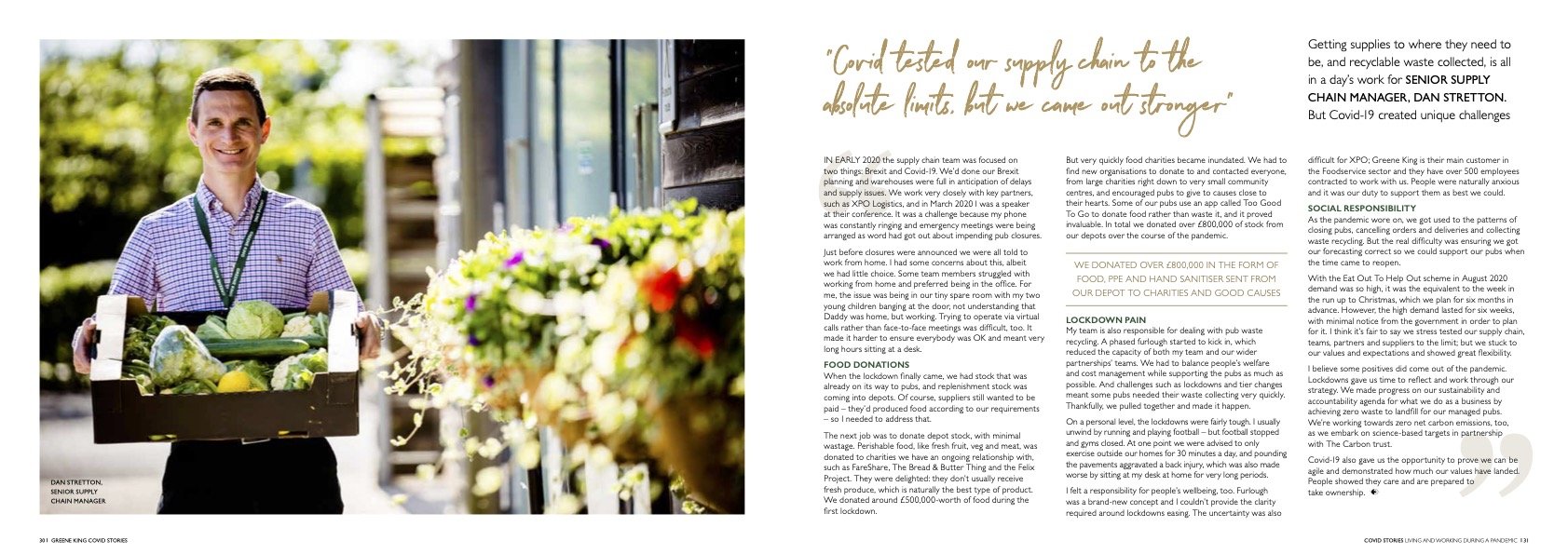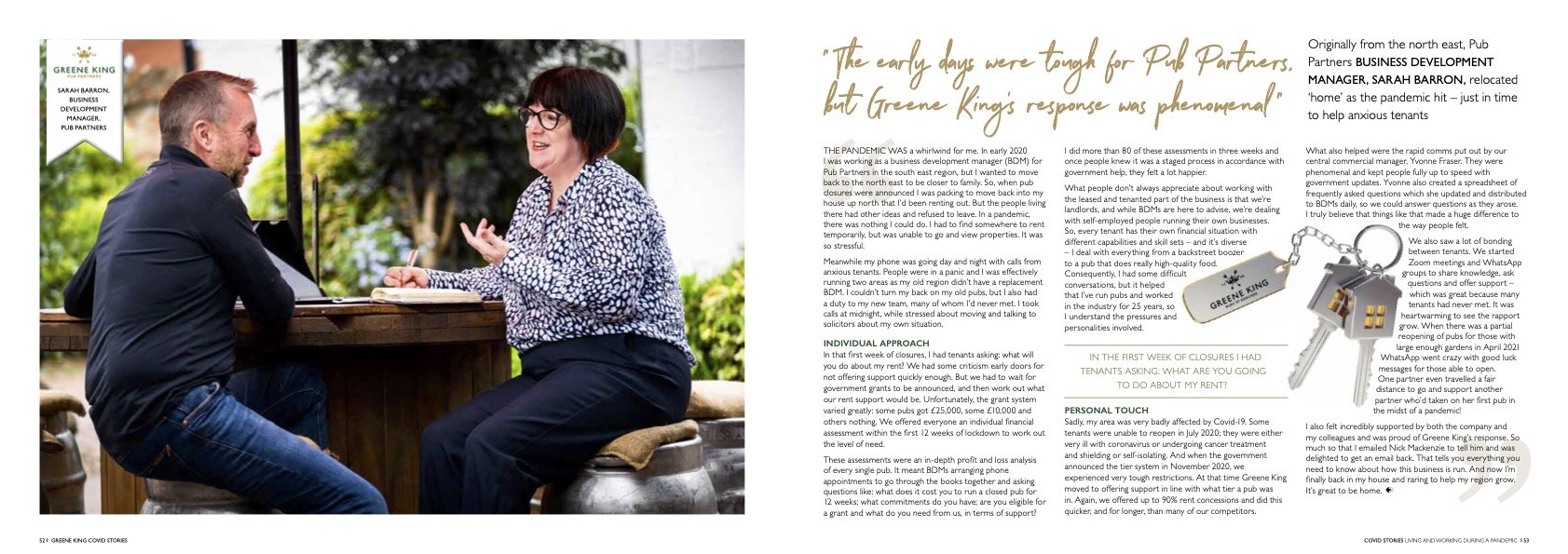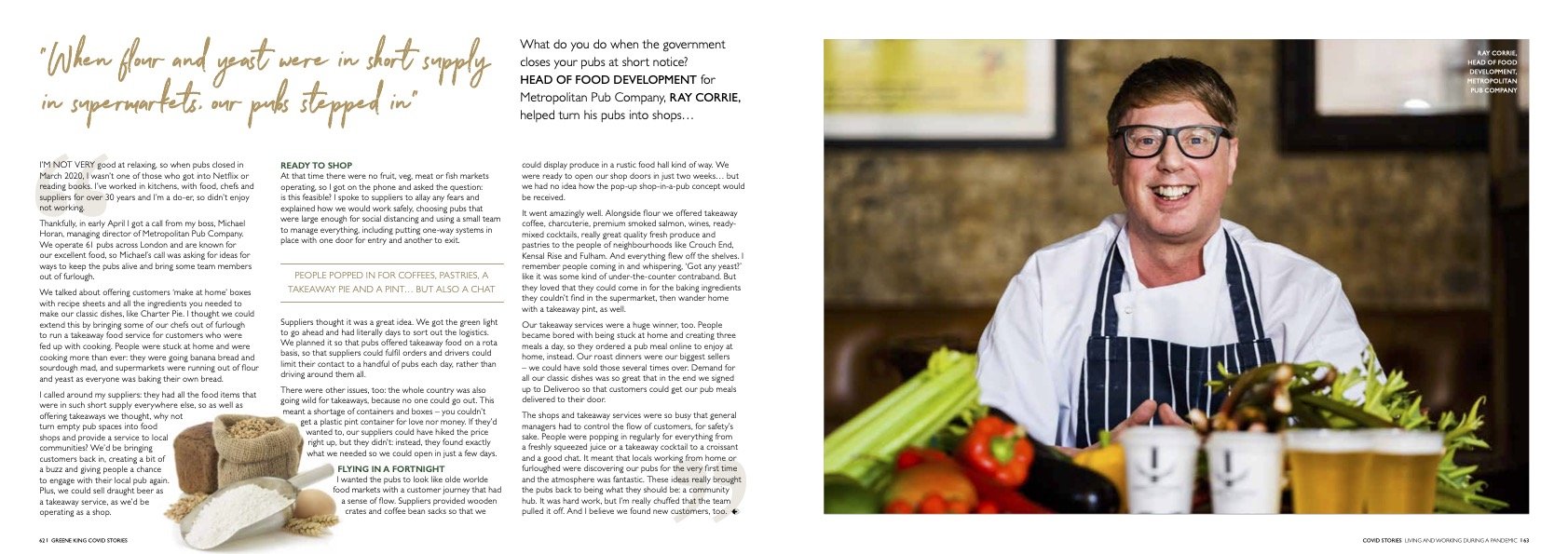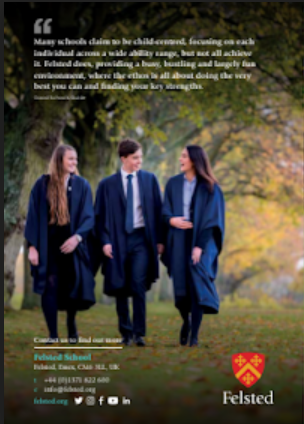Well, the answer is……yes. A monkey can certainly take a good photograph. In fact any animal that can press the shutter on a camera can take a good photograph. If they get lucky.
The bigger question is….Can a monkey take good photographs consistently? And of course the answer is a resounding…NO.
Consistent delivery of quality photographs is one of the ways that professional photographers stand out from amateurs.
The other day a client said when I showed her her photo: “And that’s why they say photography is easy”. To be honest, I’m not really sure what she meant, but it got me thinking about why photographers have to work hard to justify the fees we charge.
Some people do seem to think that photography is easy. After all, most people have taken a decent photo in their time. Even more so these days with the incredible cameras we have in our smart phones.
“Unlce John knows his way round a camera. Let’s ask him to take our wedding photos.” That’s all very well, but can Uncle John produce the results you want in any and all circumstances?
Uncle John (or a monkey) can definitely take a decent photo if they are really lucky. If all the many, many, many elements that are needed to create a great image fall into place at the right time, then they might capture a top quality photo.
But can they do it time and again? Can they consistently take good quality photos under pressure? Can they produce perfect results when the weather is terrible, the light levels are all over the place, time is limited and the client is looking over their shoulder?
I do occasionally have prospective clients that baulk at my fee. They can’t understand why me pressing a little button on a camera will cost them so much. Fortunately, most clients do understand the skills and experience involved, the post-production work, the equipment costs and the other overheads I have to cover.
So, next time you need photographs please remember that it takes more than a camera and finger to capture great images consistently. We photographers have worked hard over many years to make sure we can get the best results in any conditions. So, if you can afford it, don’t monkey around, please hire a professional. You won’t regret it.





































































































